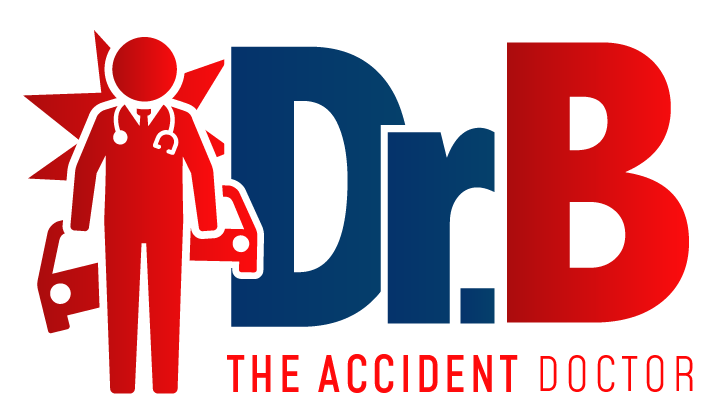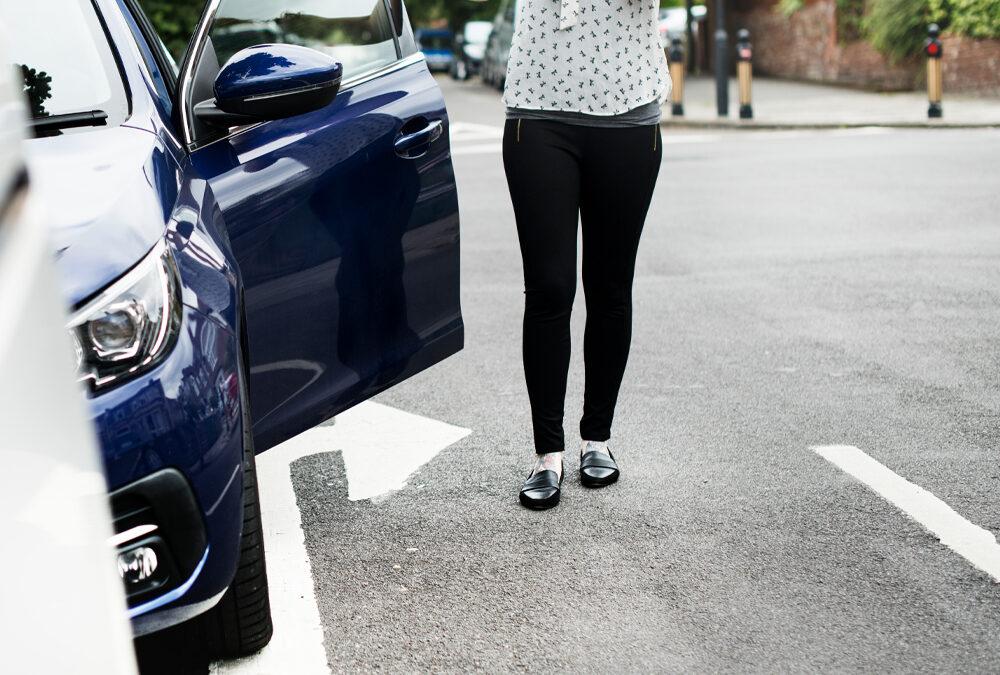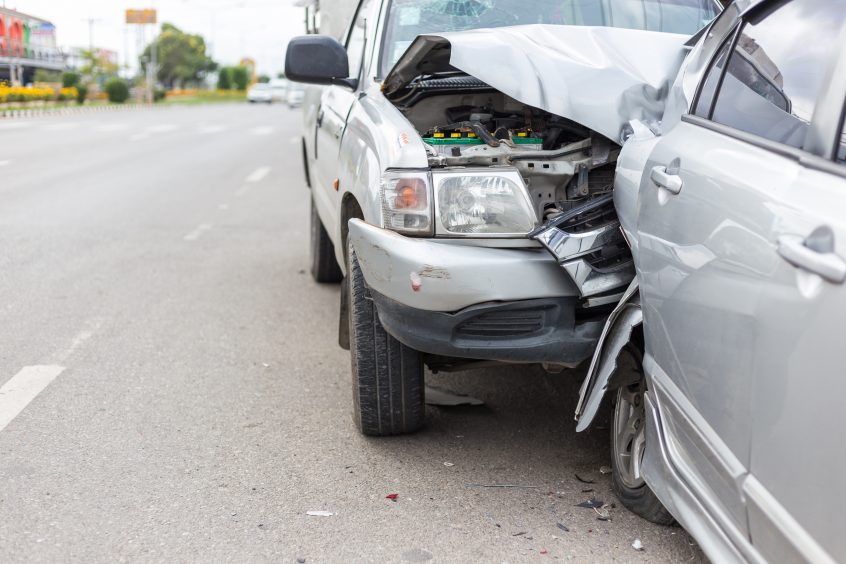Let’s make a resolution this year that begins to drive better and keep those around us safe on the roads.
More than 35,000 people are killed each year and about three million are injured in vehicle-related crashes in the United States each year. Fortunately, there are many people and organizations that work all year, every year to try to reduce those numbers, and we all want that. The 2020 road safety stories will resonate in 2021 and beyond; Here are some trends and initiatives that drivers will want to see in the new year.
Fewer traffic fatalities during the pandemic, but worrying trends
An October report from the National Highway Traffic Safety Administration (NHTSA) detailed the continuing decline in traffic fatalities across the country. There were 36,096 deaths in motor vehicle traffic crashes in 2019, which was 2 percent less than in 2018. That’s good, but the 2020 outlook now in focus is more complicated.
NHTSA’s preliminary estimates for the first half of 2020 show a continued decline in deaths, but there is a catch. In the second quarter of 2020, when the COVID-19 restrictions were put in place, the volume of traffic decreased at a faster rate than deaths. So while the total number of deaths decreased, there was an increase in the fatality rate for every 100 million miles traveled in vehicles.
And why is that? According to the report: “Drivers who remained on the roads engaged in riskier behaviors, such as speeding, not wearing a seat belt, and driving under the influence of drugs or alcohol.” The fatal accident rate per mile traveled during the first half of 2020 was the highest in more than 10 years. It will be interesting to watch how this will change as we (hopefully) emerge from the pandemic in 2021.
A slowdown pilot program
In direct response to this information from NHTSA, the Governors Association for Highway Safety (GHSA) said it will launch a pilot speed management program in 2021. “We have a culture of speeding in this country. “complained Pam Shadel Fischer of GHSA, who said the program will include rural and urban highways, although its exact location has yet to be announced. She said she hopes the program will evolve into the Click It or Ticket seatbelt program, which began in North Carolina before expanding nationally.
A proposal for the pilot, published in January 2020 by the Insurance Institute for Highway Safety (IIHS) and GHSA, indicates that the program would include tactics such as “calming traffic” by making roads narrower or adding markings on pavement that encourage drivers to slow down. . The use of radar and lidar are also mentioned, as well as “saturation patrols” and automatic traffic control focused on the prevention of speeding. Or maybe they’ll try what Detroit has done and install a bunch of speed bumps.
Reduction of dangerous vehicles in New York
This program, the first of its kind, was enacted by New York City Mayor Bill De Blasio in early 2020. It allows New York City officials to impound vehicles driven by the most reckless drivers in the state. , until they complete a safety course. Requires drivers with 15 or more school speed camera violations or five or more red light camera violations during a 12-month period to have their vehicles impounded unless the driver completes a DOT liability course. One small detail: De Blasio failed to fund this new program in the city budget, he pointed to a New York City-themed blog, but he will surely make his way into one eventually. Meanwhile, a City Council spokesperson told Car and Driver that the city has installed more than 1,200 radars in 750 school zones and reduced speed limits on nine major New York City corridors.
Drunk driving assault via ignition interlock device
Headed by Mothers Against Drunk Driving (MADD), two proposed laws would require NHTSA to include drunk driving prevention technology in all newly manufactured vehicles; in other words, a blood alcohol testing system of some kind that would prevent a vehicle from being operated by a drunk driver. IIHS research suggests that this type of passive drunk driving prevention technology could save nearly 10,000 lives a year.
The HALT Act was introduced in 2019 in the House of Representatives as part of a mass transportation bill. Directs the Department of Transportation to add alcohol detection devices with an ignition interlock feature to the requirements of the country’s Motor Vehicle Safety Regulations. It also asks NHTSA to place these devices on “no fewer than 1,500” government fleet vehicles by the end of fiscal year 2022.
Similarly, the RIDE Act (Reducing Drunk Driving for All Act of 2019), which requires anti-drunk driving technology in vehicles, is expected to be reintroduced in the Senate in 2021. The MADD president Helen Witty has called this type of technology “the key” to avoiding drunk driving accidents and deaths. It is also true, however, that technology capable of preventing a driver from starting a vehicle has its detractors who can question its safety and reliability, so the debate will be worth watching.
Information obtained from: caranddriver.com
Did you have a car accident on public roads? Make an appointment with us at 210-342-2777









